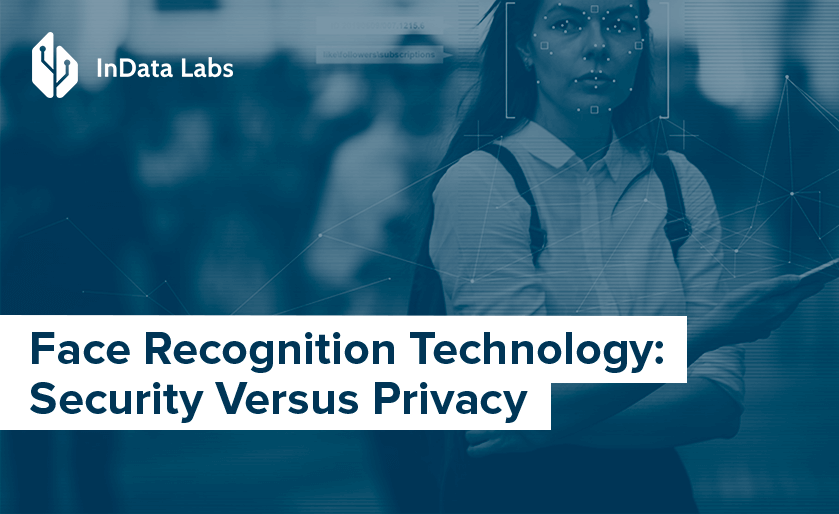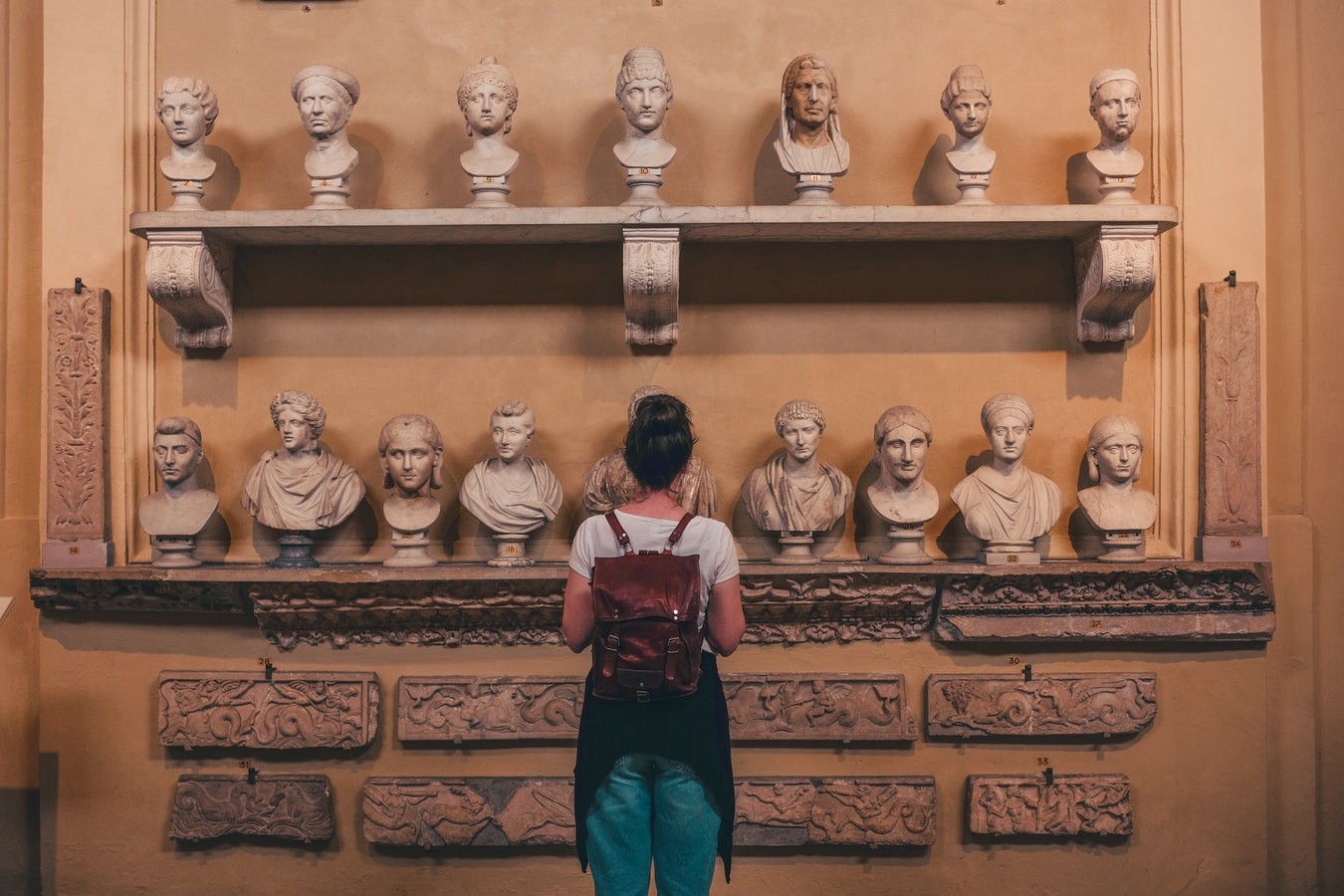As the world is adapting to life in COVID-19, retailers think of smart ways to revive their businesses. And obviously, this revival won’t go without AI. In retail, a tech boost is not temporary, it is here to stay.
Stayed afloat but now facing the grim outbreak’s fallout? Then it’s the right time to rethink the past processes and go for technology-driven ones.
How Face Recognition Technology Works in Retail
What is the future of retail stores? A tough question to ask. But it’s safe to say that it’ll be disrupted with technology. We are not there yet, but AI is already uncovering the wealth of opportunities for the industry. The application of AI in retail is diverse. Take face recognition. Today, the technology is used for multiple purposes – access and authentication, security and safety, customer service and loyalty programs, and so on. How does it actually work? To identify human faces, face recognition systems scan human facial landmarks (eyes, nose, lips, chin) and curves on a micro-scale. Then facial data gets compared to the information in the database in order to find a match.
Uncover Benefits of Using Face Recognition in Retail
We consulted our CV experts to get a grasp of tactics to survive the outbreak fallout in retail. They tried to guess what the future of retail stores is, and how to walk in it. Here’s the technology survival guide from them.
Safety: Mask Detection
Face recognition systems with a mask detection feature are getting integrated into retail chains. With the COVID-19 not going anywhere, mask detection seems like a perfect solution to keep workers safe. Facial recognition software with mask detection is designed to detect the employee’s face and identify whether the mask is on or not. If not, the software alerts the manager. The solution can also be used at the store entrance to manage the flow of visitors not wearing masks.
Improve Customer Experience Using AI in Retail
Retailers are clearly at the crossroads now – either they settle for the current position they have on the market, or make a bold move by bringing technology and media to their businesses. To date, technology seems the best way possible to shake up the retail business to mitigate outcomes caused by the coronavirus lockdown.
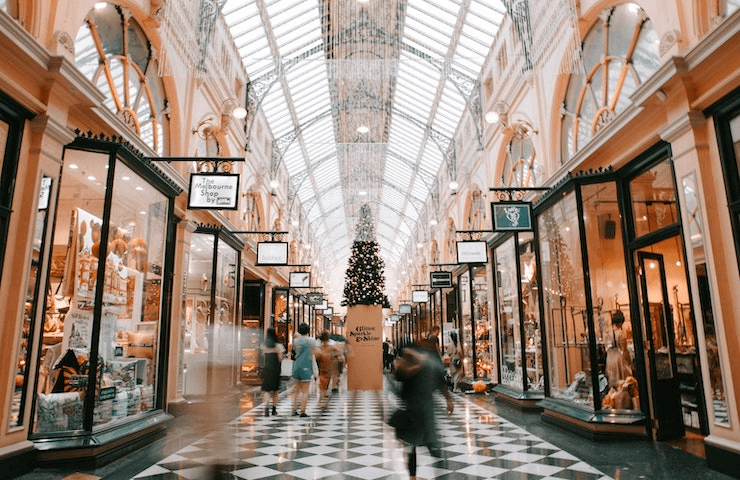
Source: Unsplash
Undoubtedly, digital transformation is part of the future of retail stores. Mediocre, dismal experiences won’t be enough to keep customers coming back to a store over and over again. According to the 2018 Customer Experience/Unified Commerce Survey, only 7% of retailers can provide a unified scalable customer experience. And there’s more to it: most respondents (51%) claimed that they would never purchase from a retailer after 1-2 poor in-store shopping experiences.
Today, customer experience is the king. If you don’t put it first, you’re unlikely to retain your clients.
Have a look at the stats provided by the SuperOffice on business priorities for the next 5 years:
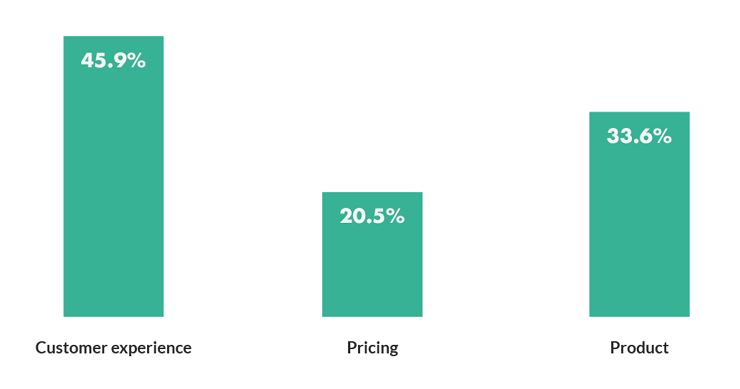
According to Temkin Group, companies with annual $1 billion revenue can expect to earn over $700 million within three years investing in customer experience.
And PwC mentions that clients are willing to pay a higher price (up to 13% or even 18%) for supreme customer services.
Here are the reasons why companies invest in customer service:
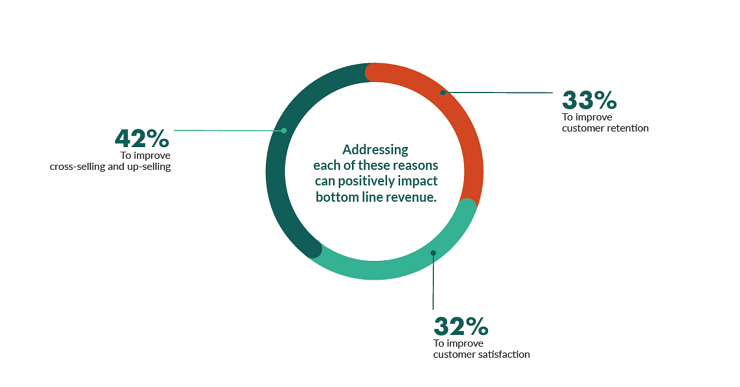
Source: SuperOffice
Making use of technology, retailers can morph their stores into an extraordinary customer experience that keeps customers returning. To achieve this, business owners can leverage a handful of artificial intelligence solutions to their stores. Face recognition in retail unveils plenty of opportunities to take customer experience to a new level. Thanks to technology, store owners can collect data about their client’s visits (their reactions to certain products and services) and then draw conclusions on how to personalize their services. Having these insights in place, they can offer the clients custom product bundles based on their previous purchase history.
Long story short: personalization can literally help your store rise out from the ashes of ‘sameness’ and shine bright in your product niche. Face recognition in retail holds the promise of helping you get to know your clients better and make their shopping journey frictionless and unforgettable leading to an increase in bottom line.
VIP Client Detection and Notification
Face recognition, recently adopted by retail, is starting to reap the fruits of a victory. To date, the technology has gained momentum in the retail community and won the hearts of hundreds of business owners. What’s more, it’s unveiled heaps of ways to advance customer loyalty programs. Specifically, face recognition technology has enabled fast and accurate VIP client identification in retail.
If you work with high-profile clients, this might be your key component to retaining them. With the help of technology, you can spot them at the store entrance and greet them by the name. Next step will be suggesting products.
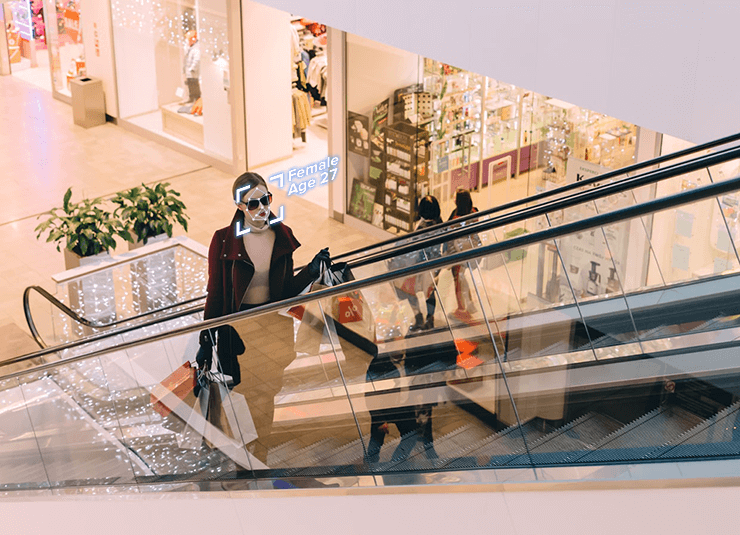
Source: Unsplash
Adopting face recognition in your retail store, you’ll unlock top-tier service for your VIP clients. If you do so, it’ll be a big payoff in the end. Once your VIPs are happy, they’ll rave about your store on socials or recommend you to a mutual friend of theirs. People genuinely trust recommendations from their peers over advertising.
So, introducing technology to your business might be a pretty good long-term investment.
Increased Safety for Retail Stores
Shoplifting and theft have always been a pain point in the retail community. Take a closer look at the staggering statistics:
If you suffered at the hands of shoplifters, and now looking for an effective solution to prevent it in your store, face recognition might be the answer. If used wisely, it proves effective in identifying and catching shoplifters and thieves. Let us explain how face recognition retail app works:
- The app aims to identify faces in the video and compares them against the database of shoplifters.
- Once the similarity detected, the system immediately notifies the security officers and managers to take action to prevent shoplifting in the store.
According to Statista, 49% of Americans agree that technology should be used in retail stores if it catches shoplifters. The technology might be relatively new, and there’s room for improvement, but it’s already gained a community of supporters. If you’re on the lookout for ways to create a safer environment for your employees and guard your store against shrinkage and, maybe you should give face recognition a try.
Employee Biometric Authentication
Biometric authentication is gaining momentum in the retail industry. Will biometrics replace fingerprint readers? It’s hard to tell. But for now, there’s a growing demand for it in the market. In the coronavirus era, a lot of stores are making a switch to contactless biometric systems, since they help combat the deadly virus spread. But there’s more to it. Biometric systems bid fair to keep your store safe through face identification at the store entrance.
Using facial biometrics in the workplace, the employer can also control employee access to restricted areas. Biometrics coupled with pin verification provides the utmost security in a store.
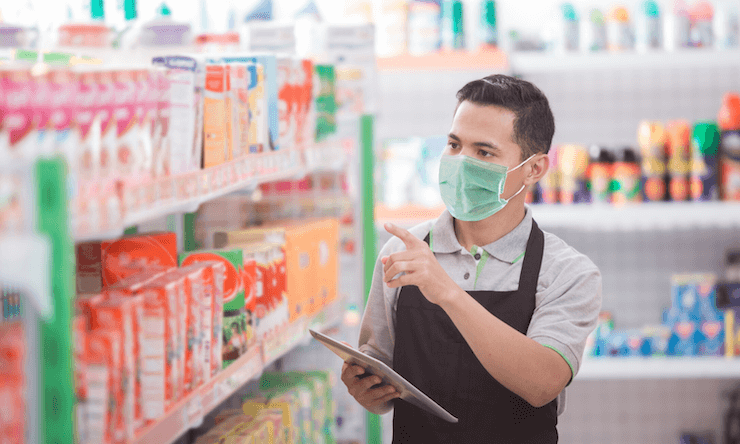
Source: Shutterstock
To Draw the Line
No doubt that the pandemic has had a crippling effect on the retail industry. Some stores have filed for bankruptcy, others have been severely battered by the lockdown but now off to a fresh start. Slowly but surely, we see stores starting to reopen their doors for the visitors. And the faster they adapt to the COVID-19 life, better business outcomes they get in long-term perspective.
Recently, face recognition has unveiled a handful of opportunities for retailers to scale up their stores. From face authentication, quarantine tracking, safety solutions to customer experience enhancement, the innovation has covered it all. To date, the technology has something to offer to every retailer.
Unpack the Benefits of Face Recognition for Your Retail Store with InData Labs
If you want to give your store a competitive edge using face recognition, feel free to contact us and let our CV experts help you solve your business challenge.

